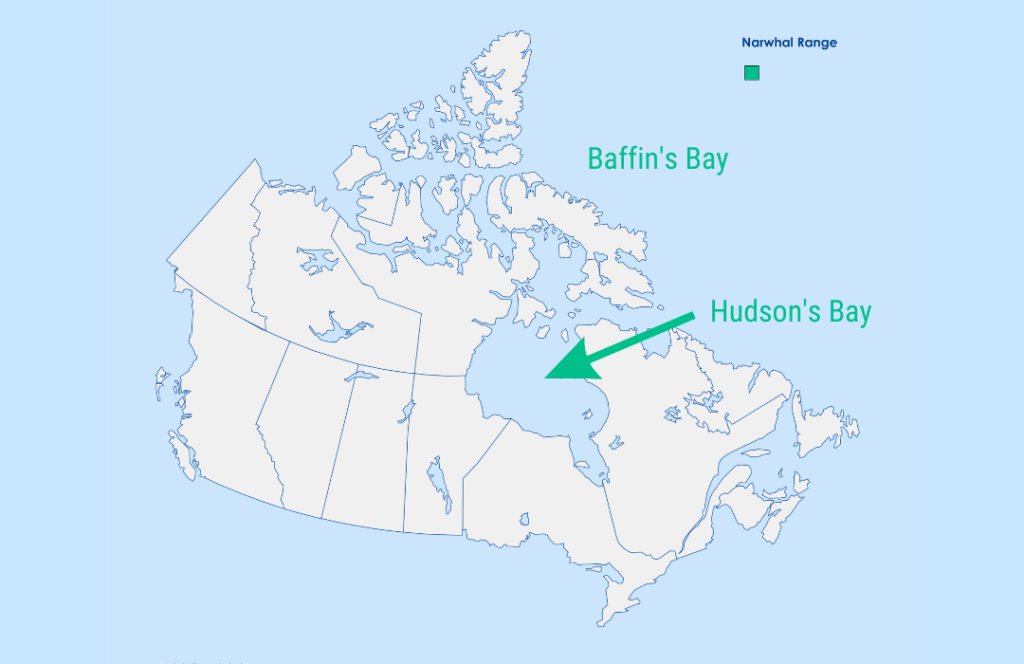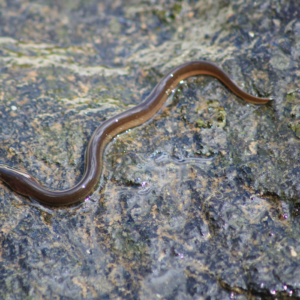Narwhal
The Narwhal was hunted for its tusk, which was falsely sold as “unicorn horn” in the middle ages. Today, hunting is still a threat to the species. Save endangered species today by joining one of our campaigns!
Help End the ExtinctionVital Signs
- Common name: Narwhal
- Latin name: Monodon monoceros
- Conservation Status: Special Concern
- Range: Baffin Bay and Hudson’s Bay
- Life span: Thought to be 50 years, but most don’t live past 30 years
- Size: Males are 5.4 metres long and weigh approximately 1935 kg. Females are 4.94 metres and weigh approximately 1552 kg

Narwhal Facts
- Very old Narwhals can be completely white in colour
- Is one of the deepest diving whales in the world, and can hold their breath for 25-30 minutes at a time
- Some males may have both teeth grow into tusks, though this is rare
- The tusk never stops growing throughout a Narwhal’s life
- Also known as “The Unicorn of the Sea”
Threats
Narwhals are threatened by climate change, the fishing industry, hunting, and contaminated environments. Specifically, the fishing industry for Turbot puts the Narwhal at risk—this fish makes up the majority of its diet.
Since there is little reliable data on the ages of Narwhals, it’s hard to predict reproductive and survival rates. This prevents Narwhal hunts from being done in a sustainable way.
Environmental contaminants that affect the Narwhal include mercury and cadmium. These have been found in their soft tissue, and there is concern that cadmium is causing kidney damage.
What’s Being Done
Narwhal hunting and live capture is carefully managed in Canada by the Nunavut Wildlife Management Board. They are also protected under the federal Fisheries Act.
Research is also being done to help us better understand these animals so their needs can be better assessed. Individuals are tracked via satellite, which is providing valuable information. Inuit elders are also providing centuries worth of observed information to scientists.
Canada has committed to the goal of protecting 30% of lands, ocean, and freshwater in Canada by 2030. This goal will help protect ecosystems, restore habitats, and fight climate change. All these things are a step in protecting Canada’s at-risk animals—so let’s hold the federal government to their promise.
How to Help
- Learn: Stay informed about endangered species by signing up for Nature Canada’s monthly e-newsletter.
- Help Out: Support habitat conservation initiatives, advocate for protected areas, and become an ocean defender.
- Take Part: Advocate for the protection of whales and marine wildlife.
- Find out more: Help us end the extinction by taking action for nature today—visit conservation websites like Nature Canada or join one of our campaigns!
Resources
- Canada – Aquatic Species at Risk: The Narwhal
- COSEWIC – Assessment and Status Report
- Hinterland – Who’s Who: The Narwhal



